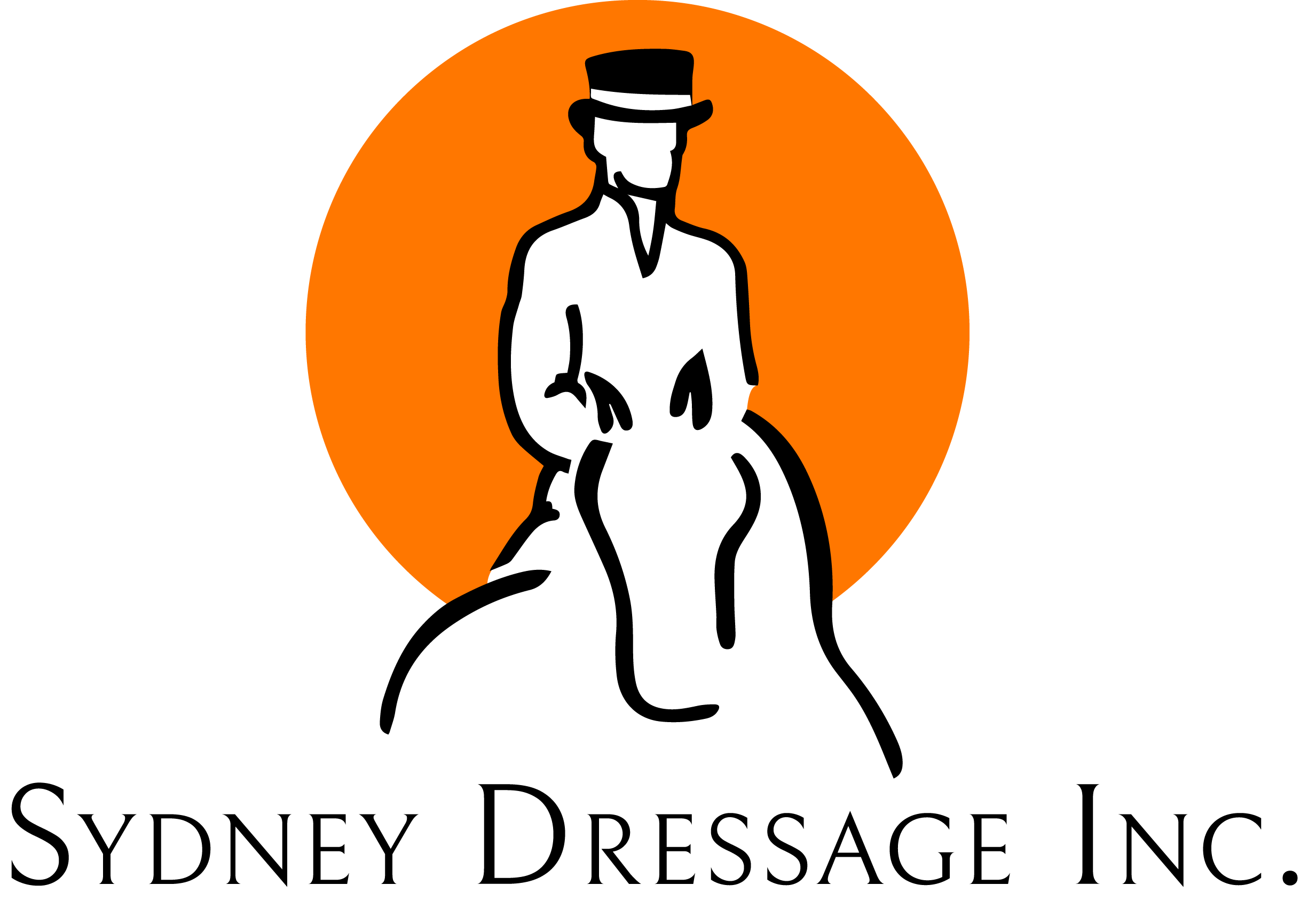How To Keep It Together On The Day
How To Keep It Together On The Day
The Psychology of Competitive Dressage
By Ebony Porter
Sydney Dressage hosted a workshop for our members, run by the highly experienced sports psychologist John Crampton. Thank you to all those who attended and supported us in raising funds for the NSW Farmers Drought Appeal. Sydney Dressage in conjunction with Nominate, who generously donated their admin fees, raised a total of $500 for the NSW Farmers Drought Appeal. Keep reading for some strategies for “keeping it together on the day”.
Johns introduction left a lasting impression on us all. Opening by telling us about a recent study, where horse and rider heart rates were recorded while competing. Over 75% of horse and rider combinations had synchronised heart rates. Furthermore, the rider’s anxiety levels were predictable based on the horses heart rate.
The workshop was largely based around the idea of wearables; the ability to measure and record data of our psychological state, to then be able to approach and adapt our state mind. With wearables like heart rate, heart rate variability and respiratory rate monitors we are provided with physical data that can be recorded over time to distinguish trends. And where negative trends can be identified, tactics can be put in place to create new positive patterns, in this scenario, to improve the riders psychological and physiological state of being, which benefits the horse also!
John identified 4 essential thinking basics:
Focus on what you can control:
We tend to think of focus as an intention, and the stronger the better. But we also need to consider the duration/endurance of our focus, and the direction. Having an intense focus is something we get to practise frequently. What we need to rehearse is directing our focus away from the things we have negative feelings towards and focusing instead on the positive patterns we can create to keep it all together out at competitions.Keep it simple:
Think about the pyramid of perfection. At the bottom we have our expectations, they’re at 0, above this we have our standards, followed by our goals, and at the very pinnacle is perfections. If we start comparing everything with the pinnacle of the pyramid, nothing is going to be up to scratch and we can’t appreciate even the smallest of wins. Instead, if we can consider anything to exceed our expectations, and start to work towards reaching our standards which align us for our goals, then every small effort along the journey becomes much more appreciated!Keep your head where your body is:
John gave us many fantastic tools to be able to keep our focus in the present and not in the past on a mistake we’ve just ridden, and not in the future, perhaps on a movement we know generally doesn’t come off! An easy method is known as segmenting - write each movement down on a piece of card, along with anything you associate with it; the rhythm, or even a song, the emotion or power or softness, or the sequence of your method to ride into, during, and out of that movement. Work to memorise this sequentially in small achievable sections. Next, comes the component of training our focus, like mentioned earlier - mix the cards up and pick one at random, can you look at the movement and immediately place yourself in the mind frame you will be riding it in, what the relative progression of aids is, and your emotions. And can you pick up the next card and immediately change focus to the new movement and it’s relevant preparation and progression? Practising shifting your focus will make it easier for you in the arena to be able to leave behind one movement and begin the next, not worrying about the next movement and compromising the current in doing so.Develop a plan and stick to it:
Maybe it’s segmenting that works for you, or keeping in mind the pyramid of perfection and having zero expectations. Perhaps it’s having an order of progression, just like in a test, of how you prepare for a comp, all the way from packing the float and preparing the horse, to travelling, warming up, and then riding the test. This is where creating a structure and training yourself to feel, create and repeat positive patterns at each point in competition preparation.
No matter how you choose to start developing your competition preparation strategy, just remember; every time that you take your best self to the horse, it allows them to be in their best state also!

